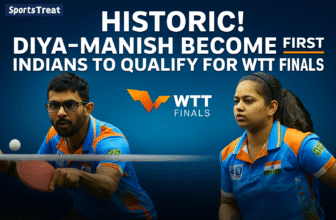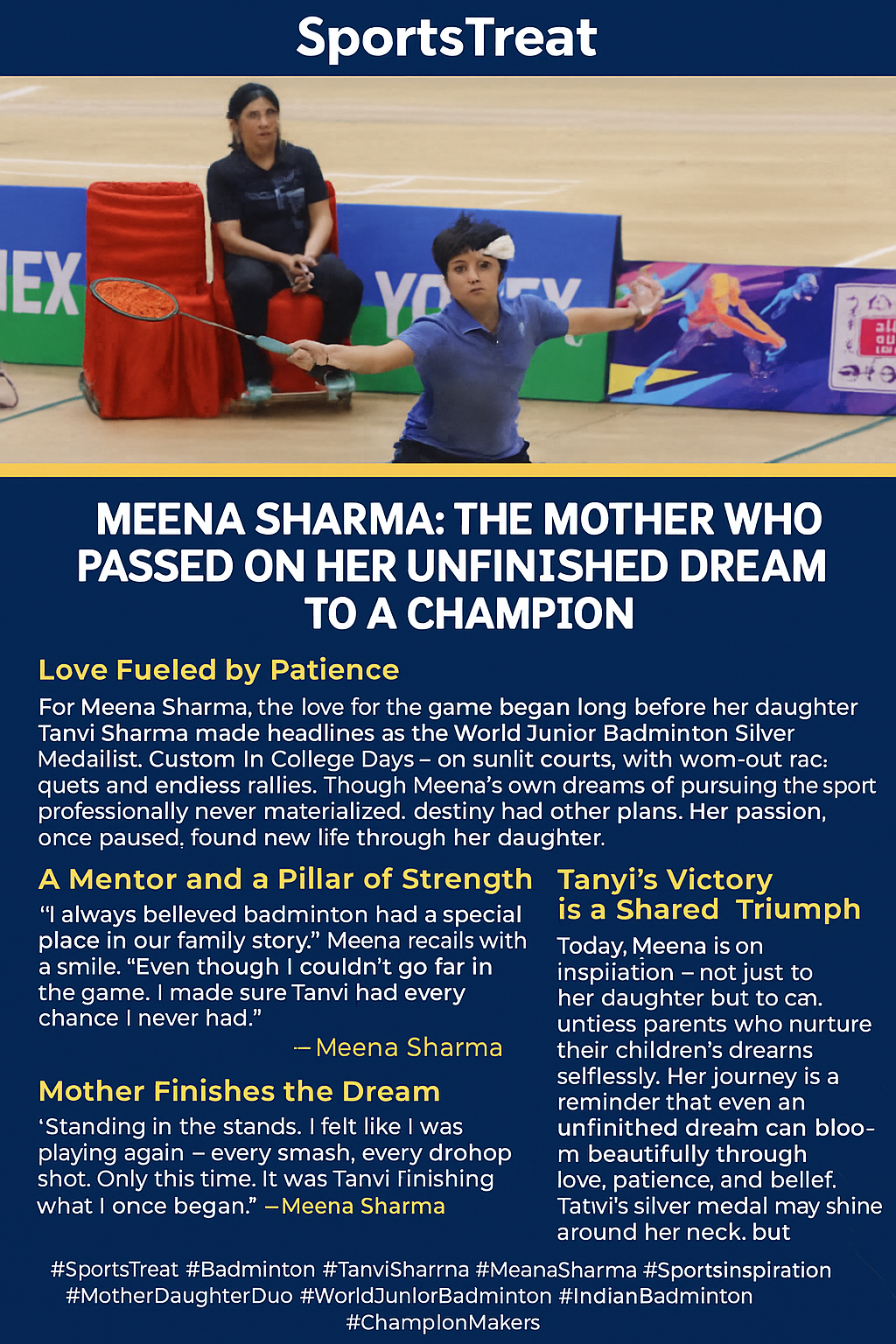
Introduction
Badminton is celebrated for its lightning pace, technical wizardry, and intense battles. But at the heart of this sport’s global appeal are legendary rivalries—duels that have defined generations, inspired millions, and created some of the most memorable matches in sporting history. These contests go beyond athletic prowess, capturing the essence of competition: passion, resilience, and the unbreakable spirit of champions.
This in-depth article explores the most iconic rivalries in badminton history, retelling their greatest matches, what made the showdowns so memorable, and how they have shaped the legacy of the sport. Journey through legendary encounters, from Olympic finals to epic world championship battles, and relive the emotional drama and thrilling twists that have earned them a place in the annals of badminton.
The Lee Chong Wei vs Lin Dan Rivalry: Titans Collide
Origins and Early Encounters
The saga between Malaysia’s Lee Chong Wei and China’s Lin Dan is universally recognized as the greatest rivalry in badminton. Their first notable encounter happened in the mid-2000s, a prelude to a battle that would stretch over a decade. The chemistry of their rivalry arose not just from their personal quests for greatness, but also from the fierce national pride each carried.
Contrasting Styles: Lee Chong Wei was the master of elegance, possessing deft touch, defensive mastery, and counterattacking brilliance. Lin Dan, nicknamed “Super Dan,” was known for his explosive athleticism, attacking ferocity, and tactical genius.
Mutual Respect: Despite the competition, their mutual admiration and friendship added depth, humanizing the rivalry and earning the hearts of fans worldwide.
Classic Matchups: The Defining Moments
2008 Beijing Olympics Men’s Singles Final
With home-court advantage and the weight of a nation’s expectations, Lin Dan dominated Lee Chong Wei in straight sets. It was a showcase of Lin’s supreme confidence and his tactical dismantling of Lee’s play, earning Lin his first Olympic gold and setting the tone for future battles.
2011 World Championships Final
Considered one of the highest quality matches ever played, this epic in London saw both players at their zenith. Lee Chong Wei, physically spent but relentless, went toe-to-toe with Lin Dan, the match extending to extra points in the decisive game. Ultimately, Lin snatched victory, leaving Chong Wei crestfallen but respected for his indomitable fight.
2012 London Olympics Men’s Singles Final
This was a rematch of the Beijing Olympic final and lived up to every bit of anticipation. The match ebbed and flowed spectacularly, with Lee storming to an initial lead. Lin’s comeback in the final game, winning 21-19, underscored his ability to deliver under the highest pressure, while Lee’s tears at the medal ceremony became an iconic image of sporting heartbreak.
2016 Rio Olympics Semi-Final
Older but not diminished, the two legends clashed in a sensational three-game thriller. Lee Chong Wei, after years of disappointment, finally triumphed over his nemesis in the Olympics, exorcising ghosts of the past and earning perhaps his sweetest victory.
Legacy
Total Encounters: Over 40 high-stakes matches, including meetings in finals of the Olympics, World Championships, and Super Series events.
Symbolic Impact: Their rivalry increased badminton’s global profile, drawing millions to the sport and building a fanbase that often split between Team Lee and Team Lin.
PV Sindhu vs Nozomi Okuhara: Modern Icons of Grit
The Genesis of a Modern Rivalry
India’s PV Sindhu and Japan’s Nozomi Okuhara illustrate the new era of women’s badminton: power, endurance, and relentless will. Both possess the ability to sustain high-intensity rallies, never conceding an inch, and both have become icons in their home countries and beyond.
Standout Clashes
2017 BWF World Championships Final, Glasgow
Arguably the greatest women’s singles match ever played, this marathon contest lasted 110 minutes and was defined by brutal rallies, unwavering defense, and psychological warfare. Featuring a mind-boggling 73-shot rally and endless exchanges at the net, Okuhara finally edged Sindhu 22-20 in the third game. Both athletes collapsed to the court in exhaustion, a testament to what they had put themselves through.
2019 BWF World Championships Final, Basel
The rematch had even higher stakes, with Sindhu eager to avenge her stinging defeat. This time, Sindhu overwhelmed Okuhara with aggressive offense, winning 21-7, 21-7 in a commanding and historic performance, becoming the first Indian to clinch a World Championship gold in badminton.
Other Notable Matches
The duo has met over 20 times, with closely fought matches in major tournaments, including the Olympics and Superseries finals. Each contest is marked by extended rallies, nerve-testing deciders, and skillful exchanges that delight fans.
Rivalry Essence
Endurance and Skill: Their matches are lauded for testing physical and mental thresholds, forcing both players to dig deep and innovate under pressure.
Global Inspiration: Their on-court respect and off-court friendship have made them role models for aspiring players around the world.
Taufik Hidayat vs Lin Dan: Battle of Flair and Power
A Rivalry of Generations
Before Lee-Lin became badminton’s headline, Lin Dan’s rivalry with Indonesia’s Taufik Hidayat featured fascinating contrasts in playing styles:
Taufik: Renowned for his smooth technique and world-class backhand.
Lin Dan: Representing the new wave—explosive, athletic, and mentally steel-clad.
Epic Encounters
These two met in fiery semifinals and finals at world events, delivering epic two and three-game duels, notably:
2005 World Championships Final: Lin triumphed over Taufik, signaling China’s ascent and the dawn of Lin’s global dominance.
2006 Asian Games Final: Taufik, in front of a home crowd, delivered one of his most inspired performances to edge Lin.
Impact
Stylistic Contrast: Their matches demonstrated the rich tactical diversity of men’s singles badminton.
Legacy: Set the stage for badminton as a truly global sport, broadening interest across Asia and beyond.
Doubles Duels: Cai Yun/Fu Haifeng vs Lee Yong Dae/Jung Jae Sung
The Heavyweight Bout of Men’s Doubles
No review of great badminton rivalries is complete without mentioning men’s doubles—the showdown between China’s Cai Yun/Fu Haifeng and Korea’s Lee Yong Dae/Jung Jae Sung.
Notable Clashes
Their encounters in Superseries, World Championships, and Thomas Cup finals were legendary for their speed, anticipation, and power. Rallies frequently exceeded 50 shots, with lightning exchanges at the net and bone-crushing smashes—a visual and tactical feast for spectators.
Their Influence
Pushed Doubles Standards: These duos set benchmarks for teamwork, quick reflexes, and strategic adaptation.
Cultgrowing Fanbases: Each match felt like a strategic chess game played at lightning speed, captivating viewers worldwide.
Iconic Historic Matches That Inspired Generations
Peter Rasmussen vs Sun Jun, 1997 World Championships Final
Why It Stands Out: This men’s singles final between Denmark’s Peter Rasmussen and China’s Sun Jun became the longest singles match in world championship history, lasting over two hours.
The Drama: Sun Jun, visibly injured, nearly snatched an extraordinary win but Rasmussen’s refusal to surrender drove him to victory. The match is remembered for its drama, courage, and sportsmanship.
Kurumi Yonao/Naoko Fukuman vs Greysia Polii/Nitya Maheswari, 2016 Asian Championships Women’s Doubles Semi-Final
Record Breaker: At 161 minutes, this was the longest professional badminton match ever played.
Endurance Over Everything: Both pairs scaled new levels of stamina, battling fatigue and nerves through an epic three-game bout. The Japanese emerged victorious, marking the duel as unforgettable for longevity and grit.
Indian Badminton Classics: The National Pulse
Prakash Padukone vs Liem Swie King
Historical Significance: Padukone’s win over Liem to claim the 1980 All England title not only signaled India’s entry as a badminton powerhouse, but also established a lifelong sporting rivalry and inspired future generations of Indian players.
Pullela Gopichand vs Chen Hong
All England, 2001 Final: Gopichand’s victory echoed Padukone’s feat two decades earlier and marked the resurgence of Indian badminton on the global map.
Saina Nehwal vs Wang Yihan
India’s Saina Nehwal and China’s Wang Yihan shared multiple duels at the Olympics, World Championships, and Superseries events.
Olympic Dream: Their 2012 Olympic quarterfinal, where Saina triumphed, forged a path for Indian women in the global game and added a new dimension to the China-India rivalry.
What Makes a Rivalry Truly Great?
1. Frequency and Stakes
The most captivating rivalries build over years, through repeated high-stakes clashes in finals of Olympics, World Championships, and prestigious Superseries.
2. Contrasting Styles and Narratives
Dramatic opposites, whether in playing style, personality, or national background, add layers to the contest—making every match a new chapter.
3. Emotional Resonance
The physical embrace of Lin Dan and Lee Chong Wei after their Olympic decider—a moment when sporting rivalry gave way to mutual respect—captures why these narratives move millions.
4. Global Influence
Great rivalries expand badminton’s appeal, attracting new fans, raising standards, and inspiring young players, not only in Asia but around the globe.
The Legacy: Shaping the Sport’s Destiny
Raising the Competitive Bar
Each great rivalry pushes involved players to reach new heights, innovate tactically, and train harder than ever before. New shots are invented, new strategies tested, and the game itself evolves.
Building Legends, Defining Eras
These rivalries create the legends who become household names: Lee Chong Wei, Lin Dan, Taufik Hidayat, PV Sindhu, Nozomi Okuhara, Cai Yun, Fu Haifeng, Lee Yong Dae, and more.
Popularizing Badminton Globally
With broader television coverage and online streaming, these encounters are now watched across continents—bringing the sport’s drama into homes and hearts everywhere, transcending language and geography.
Conclusion
The greatness of badminton is built upon these timeless rivalries. From Lee Chong Wei and Lin Dan’s mythic duels, to Sindhu and Okuhara’s modern classics, from titanic men’s doubles battles to epic marathons etched into record books—these matches have not just defined champions, but have also defined the sport itself.
Their stories are more than just statistics or match results—they are about courage, respect, heartbreak, and redemption. They are the beating heart of badminton, a testimony to what sport can inspire in all of us: to strive, to dream, and to rise every time we fall.
As new talents emerge and future classics are born, the legacy of these legendary rivalries will continue to illuminate badminton, thrilling fans and inspiring generations not just to play the game, but to love it with all their hearts.






